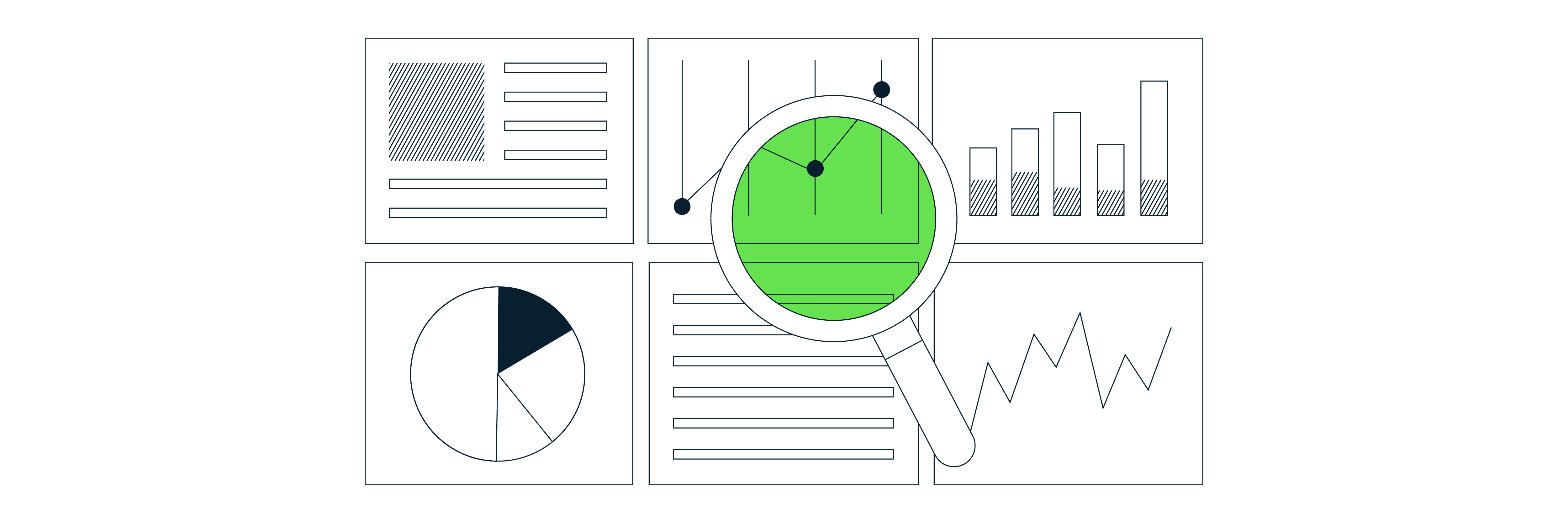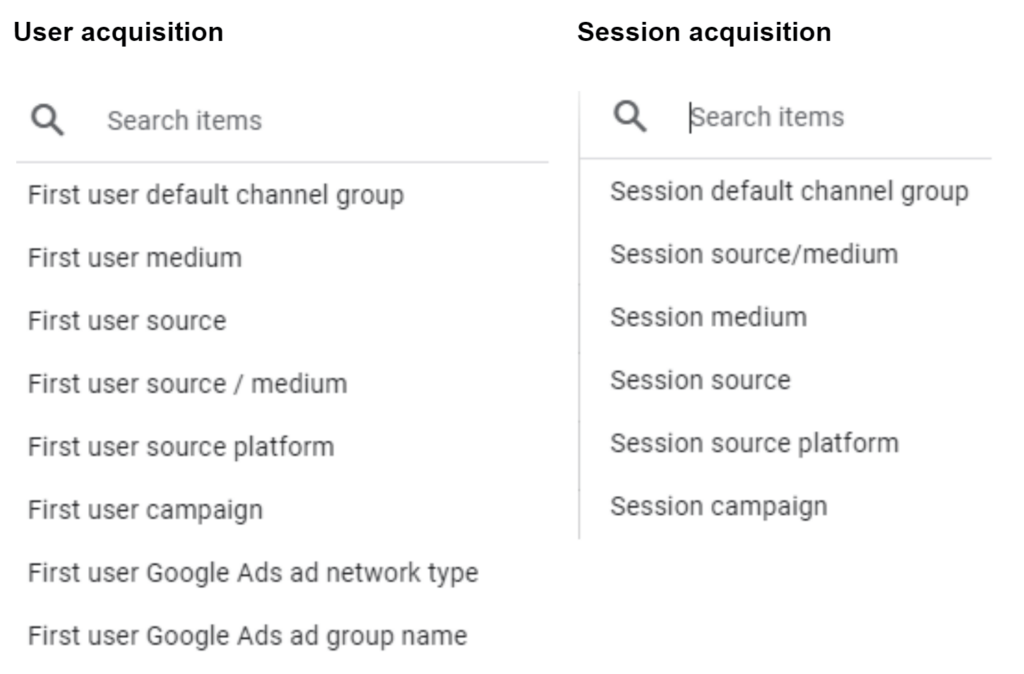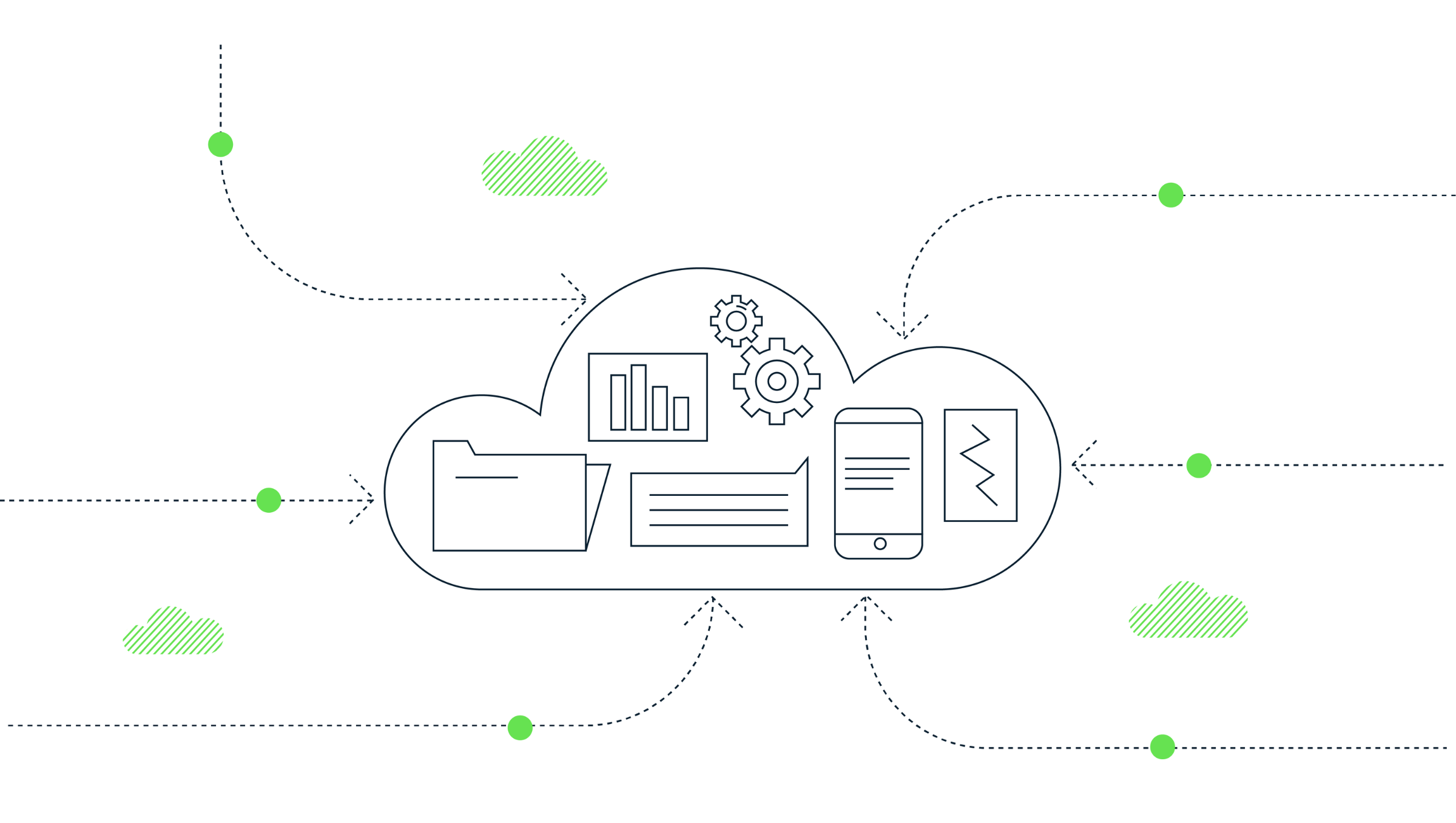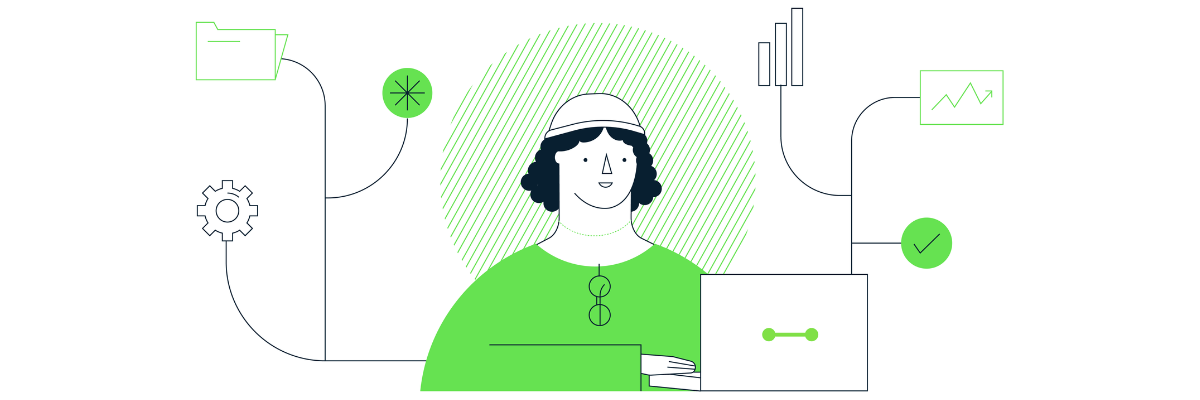Measuring marketing ROI with GA4’s acquisition reports

By analysing acquisition reports, businesses can identify which channels and campaigns are driving the most high-quality visitors to their website. This allows them to optimise their marketing efforts by allocating more resources to the channels that are most effective at driving conversions and adjusting or pausing underperforming campaigns.
For example, if a business is running a campaign across multiple platforms (such as Google Ads, Meta, and TikTok), they can use the GA4 acquisition reports to track the performance of each campaign from a specific channel or source and identify which ones are driving the most valuable visitors. They can then allocate more budget to those campaigns and adjust or pause underperforming campaigns to improve their ROI.
Another way businesses can optimise their marketing efforts using GA4 acquisition reports is by analysing supporting behavioural metrics such as engagement rate, engaged sessions, engaged sessions per user and avg. engagement time so that businesses can gain insights into how visitors engage with their site or app once acquired. This data may potentially highlight channels that underperform in comparison to other channel metrics that could warrant further investigation, especially for paid media campaigns where audience messaging is critical for campaign performance.
Overall, GA4 acquisition reports provide businesses with valuable insights into visitor behaviour and marketing performance, which they can use to make data-driven decisions about how to allocate their resources and optimise their marketing efforts, and ultimately grow their business. In this blog post, we’ll dive deeper into the importance of GA4 acquisition reports for optimising marketing efforts, exploring how businesses can leverage the data to make informed decisions and improve their overall performance.
Accessing the acquisition reports
If you are a new user to GA4 and/or want to obtain a greater understanding of your visitor acquisition data you can go into the GA4 UI and select ‘Reports (workspace) > Lifecycle (collection) > acquisition (topic)’.
Assuming you have not customised the reports menu already, once you are logged in to the GA4 property, you will then see three report viewing options within acquisition:
- Overview
- User acquisition
- Traffic acquisition
The overview report provides a selection of charts (cards) that contain metric values, some also include dimensions alongside the metrics to make the data more granular. It’s also worthwhile noting that some also have a link to a more indepth ‘detail’ report that you can click.
A recent development was the addition of the data quality icon in the top right of each individual card. If the icon isn’t green then it’s worthwhile clicking the drop down to see the reason and how it impacts your data.
Differences between user acquisition and traffic acquisition reports
There are two main types of reports that at first appear to be similar, but there are subtle differences between the user acquisition and traffic acquisition reports. The user acquisition report provides insights into the number and behaviour of users who visit your website or app. While the traffic acquisition report provides insights into the number and behaviour of individual sessions (i.e. visits) to your website or app.
Some of the metrics and dimensions available in the user acquisition report include user count, user retention, and user engagement. Meanwhile, session acquisition reports include metrics such as sessions and events per session. It’s important to note that the user acquisition report focuses on the behaviour of individual users over time, while session acquisition reports focus on the behaviour of individual sessions.
Depending on your marketing goals and the type of insights you’re looking for, you may find that one type of report is more useful than the other. For example, if you’re interested in understanding how many unique users are coming to your site and how they are engaging with your content over time, the user acquisition report may be more relevant. Conversely, if you’re more interested in understanding how your marketing campaigns are driving individual sessions to your site, the traffic acquisition reports may be more helpful.
As you work with either report, you will notice that you can customise the primary and secondary dimensions. However, it’s important to note that the available dimensions differ between the user acquisition and session acquisition reports. In the user acquisition report, each dimension begins with “First user …” while the traffic acquisition report dimensions start with “Session …”.

The difference in dimension labels between the user acquisition and the traffic acquisition dimensions is caused by the way credit is attributed to the acquisition source. A good way to think about this is that in the user acquisition report, the ‘first user…’ dimensions are based on first-click attribution, scoped to the user level. This means that credit is given to the acquisition source that was the first click in the user’s history. In contrast, the ‘session…’ dimensions in the traffic acquisition report are based on last-click attribution, but scoped to the session level. This means that credit is given to the acquisition source that was the last click in the user’s most recent session.
For instance, let’s take the example of a user who was introduced to a website via Google Ads, returned in a separate session via Facebook, and then made a purchase through a Google organic search in another session. In the user acquisition report, Google Ads would be credited with acquiring the user, while in the traffic acquisition report, the session that re-engaged the user with the brand would be attributed to ‘Organic Search’, i.e. Google search.
Note: Universal Analytics (UA) only reported the trafiic acquisition. That is, if you want the like-for-like report from UA, then use the traffic acuisition report and the ‘session…’ dimensions.
Working with the acquisition reports
You can also filter events and conversions within the acquisition data table to specific events and conversions by selecting from the drop downs as seen to the right. In the example below you can see from a first user perspective which ‘first user default channel group’ resulted in the most ‘purchase’ conversions being recorded.
Note: The image has been altered to remove some columns for brevity.
There are additional report level filters and a ‘comparison’ feature available within these reports, see the blog post How to filter and compare data in GA4’s reports for more information.
Which report should I use?
This is going to be one of those typical responses that make everyone roll their eyes: it depends…
Choosing the appropriate report to use depends on a few factors, such as the type of acquisition data you and other stakeholders want to see and measure as KPIs. For example, if your goal is to acquire new users through marketing campaigns (i.e. outreach or prospecting), you may want to focus on reports that provide data on user acquisition. On the other hand, if your goal is to engage with users via specific sources within a specific period you may want to use reports that provide data on session marketing sources (i.e. cost-per-click and direct response).
Once you have a clear understanding of what data needs to be reported alongside your KPIs, you can choose the report that best aligns with your objectives. Ultimately, it’s important to use a report that provides the most relevant and actionable insights for your specific needs.
In summary…
The GA4 acquisition reports offer valuable insights to businesses on visitor acquisition, enabling them to make informed decisions about where to allocate their marketing budgets, resources, and help improve their ROI.
Whilst the GA4 UI may not appear to be the most intuitive in the first instance, the flexibility of the reports and customisation options makes it easier for businesses to access specific data and gain insights into visitor behaviour and marketing performance. Therefore, businesses should be using GA4 acquisition reports to make data-driven decisions, improve their marketing strategy and grow their business.
We’re here to help if you have any questions on using these reports for optimising your marketing efforts! See how we work with marketing teams, or get in touch if you want to arrange a chat.
Gary Moore
Subscribe to our newsletter:
Further reading

How to extract GA4’s event sequencing in BigQuery using the new batch fields
